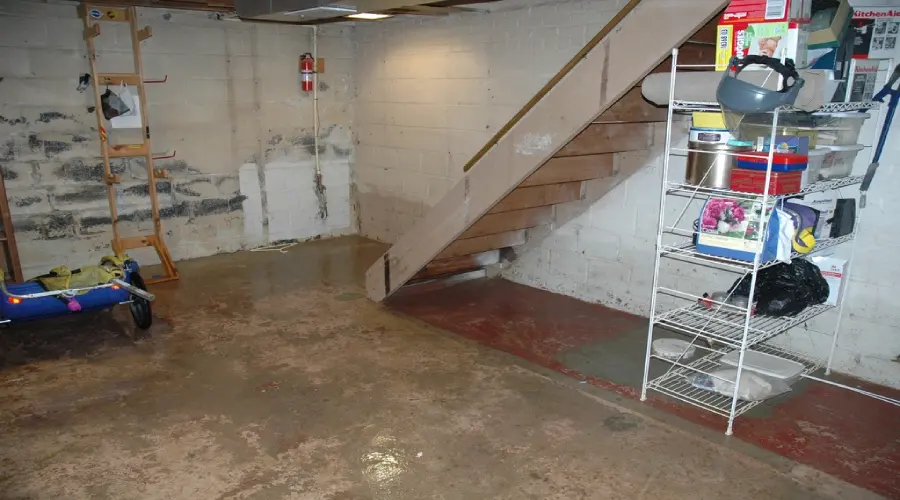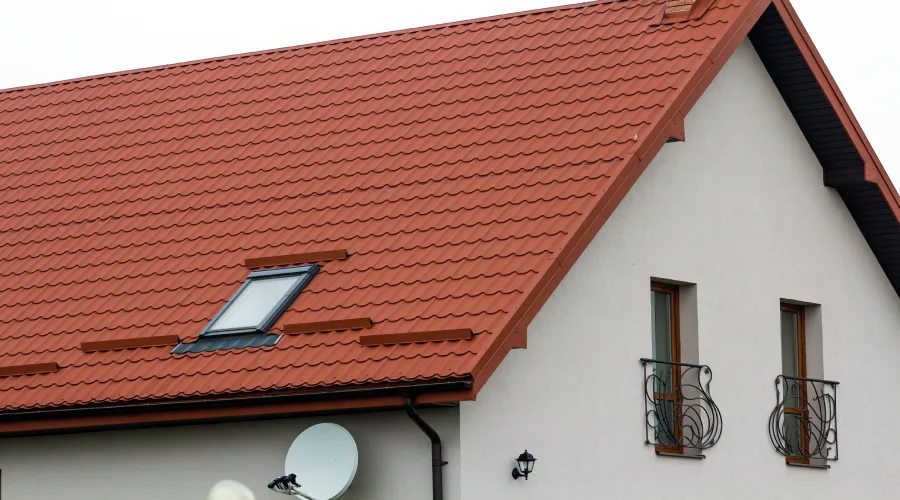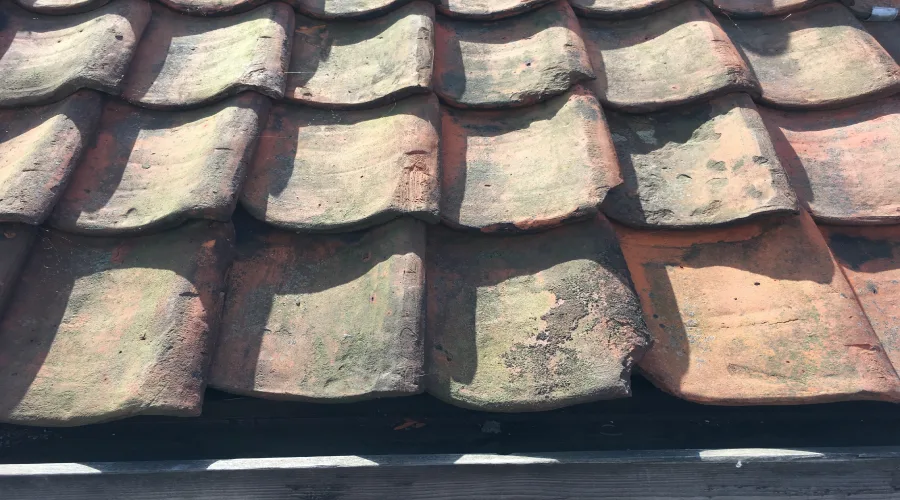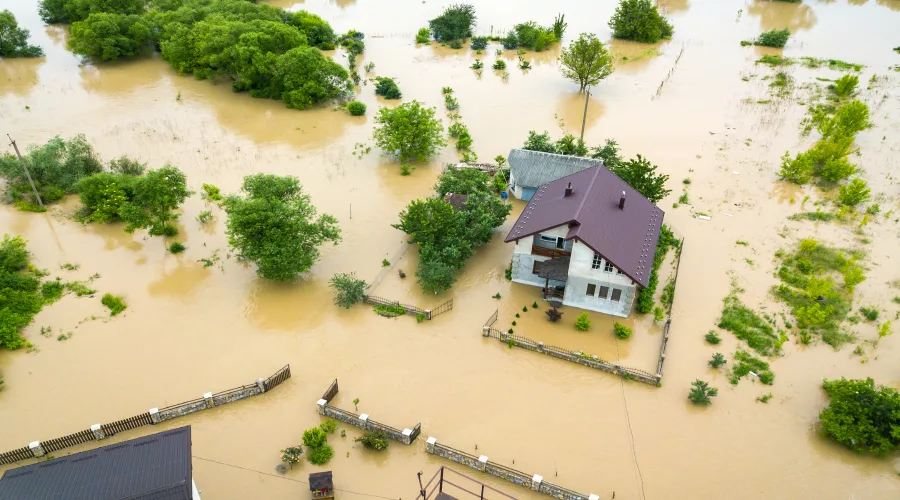However much the amount of water you have present in the basement of your home, it is likely that flooding could pose significant health and safety dangers for your family and yourself. Acting now could save you lots of dollars for basement water damage repair in the future. It's normal to be scared when you discover water in your basement, however, safety must be the top priority.
There are a variety of reasons that can cause basement flooding, including storms or burst pipes as well as drainage problems. Whatever the reason and whether you're experiencing flooding in your basement right now or simply need to be prepared, we've got the
Basement Flood Cleanup for great service.
6 Steps You Can Follow To Dry Up The Basement That Has Been Flooded
If you've got more than a couple of inches of water in your basement, you should engage a professional that specializes in basement damage reconstruction. If you're covered by flood insurance contact your insurance company to make a claim. If you're only dealing with one or two inches of water, take the steps below to clear the water.
The water may be contaminated with harmful bacteria, which can be harmful to health. After the cause is been stopped or the source of the water is shut off Follow these steps for cleaning your basement:
• Switch Off Your Power
Switch off the power before getting into your basement. Contact a licensed electrician in the event that you're unable to reach the circuit breakers.
• Be Safe
Flood waters can contain dangerous substances, such as sewage that is raw, chemicals, and other pollutants. No matter the origin of the water, wear waterproof boots, rubber or plastic gloves, and protective clothes prior to entering the basement. If you're experiencing mold issues, FEMA recommends wearing gloves or goggles as well as an N95 or N100 face mask, which is available at all hardware stores.
• Dry The Basement
Begin the cleaning process by eliminating the basement's water. The mold can develop within 48 hours, so it's crucial to take action quickly. Depending on the quantity of water present, you may employ a dry or wet vacuum or a sump pump for the removal of the water. If you use a dry or wet vacuum, it may take many excursions to clean the container and quite a while to get rid of even a few inches worth of water.
After the standing water is removed, put in large air fans to accelerate the process of drying. Consider a basement dehumidifier in order to eliminate any additional moisture and stop mold. A SaniDry by Basement Systems features automatic drainage and controls so that you do not have to be concerned about emptying the buckets or adjusting the humidity levels.
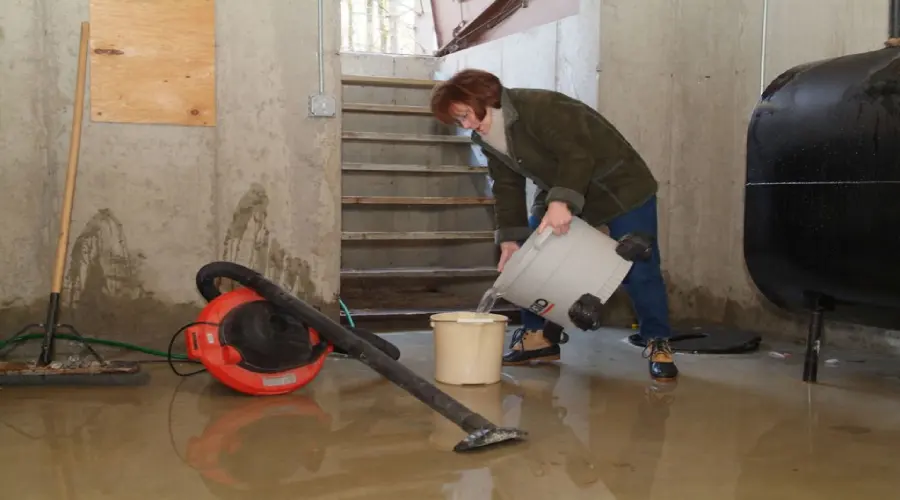
• Clean Up Items, Furniture, And All Items
Remove any wet objects from the basement and let them dry in a ventilated area. Take away wet insulation and drywall. They are prone to mold growth, and it's crucial to eliminate the mold as soon as possible. Remove carpeting that is wet as it can stop the flooring underneath from drying. It is recommended that you dispose of the National Electrical Manufacturers Association says to get rid of any items that contain electrical wiring, such as outlets that are exposed to flood waters. Make sure you take pictures of the property damaged to help with insurance claims.
• Clean Floors, Clean Walls, And All Other Surfaces
Clean the floor and walls to clean any dirt that has been that has remained. Once the house is dry and any water-damaged items have been taken away, the surface can then be washed using detergent and water in accordance with the mold cleanup guidelines provided by the Environmental Protection Agency. In certain situations, it is recommended to employ an expert to take care of mold removal.
• Steps To Make Sure That The Basement Is Waterproofed
Every basement is susceptible to flooding. Install a sump pump as well as a drainage perimeter system to the basement to safeguard against flooding in the future or water damage. Basement Systems offers several basement sump pumps. One is batteries-powered pumps that automatically eliminate water from the basement when there is an electrical interruption. Local Basement Systems waterproofing professionals can provide the best sump pump solution for your house's needs.
If you reside in a flood-prone area you should consider the installation of
Roof Damage Repair in Anchorage. The designed, ICC-ES-certified flood vents shield homes and structures during floods by preventing the buildup of hydrostatic pressure which can cause damage to foundation walls. Get in touch with Basement Systems to find out about the Smart Vent retailer near you.
Why Did The Basement Seep?
After cleaning is complete It's crucial to determine whether the basement flooding was the result of a single incident or is an ongoing issue with water that requires attention. It's not wise to store your photos of your family or antiques and other valuable items in the basement when there's a possibility that it's going to flood once more.
The risk of flooding in your area and in the vicinity of your home is obvious. However, you don't need to live in an area with a high risk of a flood zone or suffer severe rain in order for your basement to be flooded. There are many other sources of basement water:
• The water is a result of a failed plumbing system like a burst pipe or a broken water heater.
• Groundwater and rainwater seepage seeps through the foundation walls.
• Water from soil that has been saturated is forced into the basement by hydrostatic pressure.
• The water that is flowing from a floor drain that is blocked.
• The water that is rushing through an overwhelmed municipal drainage system.
If you're seeking more information about the best ways to lessen the impact of flooding on your community or state look through the following listing of Flood Resources for All 50 States. If you're experiencing a wet basement that's an ongoing issue or you require assistance in determining the root of your basement's flooding It's worthwhile scheduling an appointment for a free waterproofing assessment and estimates with a seasoned Basement Systems contractor.
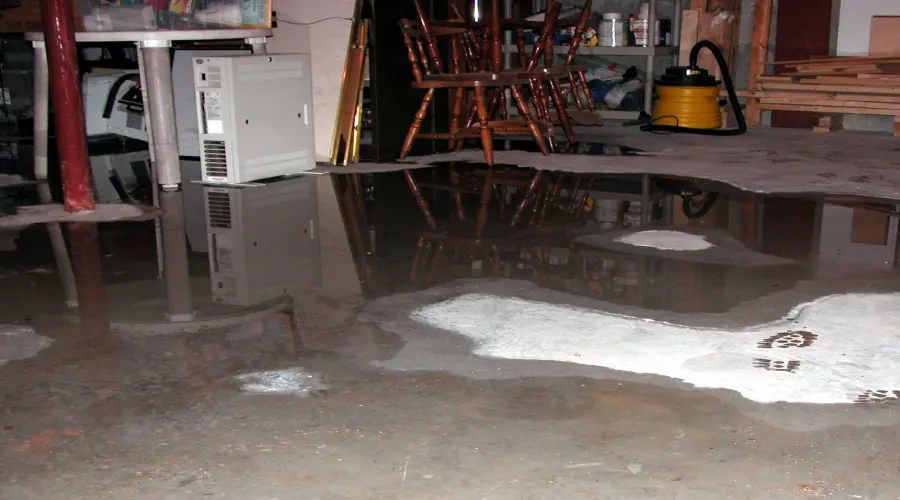
Follow The Steps Below To Drain The Water:
- Don't flush water into the basement until all the water that is on the exterior of the walls is gone. This will stop walls from being pushed into as well as the flooring from being heaving.
- If you've got a huge volume of submerged water, or in the event that there isn't a basement drain, you may have to purchase or lease a sump pump to eliminate the water.
- If the electrical panel you have is situated within an area of your house that is flooded and you are unable to make use of an electronic sump pump unless you are using a pump powered by a 12-volt auto battery. A gasoline engine pump can be used in cases where exhaust can be vented outside.
- You should begin pumping water from your basement if it appears that the water inside is more than the flood level outside. It is possible that you will need to take a test to find out this.
- Stop pumping as soon as the two levels of water are equal.
- The basement water must be pumped to the surface at the speed when the flood waters recede.
How Do You Clean The Basement?
- Clean the basement of mud when all the water has been drained or expelled so that walls and floors dry.
- Clean up dirt and silt stains by washing concrete walls as well as foundation walls made of masonry with a hose with high pressure.
- If the stains persist in the wall, clean them off with a hard bristle brush and household soap. Begin at the top of the wall and begin to work downwards. Rinse frequently with clean water.
- Get the basement dried as fast as you can so that you can minimize the decay of the wood or the development of mold.
- Shut all windows and doors so that the moisture can move outside.
- Purchase or rent a dehumidifier or fan to speed up the drying process.
- If you're susceptible to mildew or mold wear a mask or respirator that has a suitable filter.
How To Prevent The Dangers Of Shock
- Be aware of the dangers of using any electrical appliance inside a house that is flooded.
- Don't turn on electrics that are wet appliances, as they can result in the electric current shocking you, causing overheating, or igniting an electrical fire.
How Do You Remove The Odors
- If ventilation does not remove odors:
- Clean concrete floors and walls using a bleach mixture (3/4 cup of bleach from the kitchen to 1 gallon of water.)
- Rinse and dry in 5 minutes.
- Make sure to open the windows before you apply the bleach.
- Set a large lump of charcoal that is dry inside an open metal or tin container to help absorb the odors.


